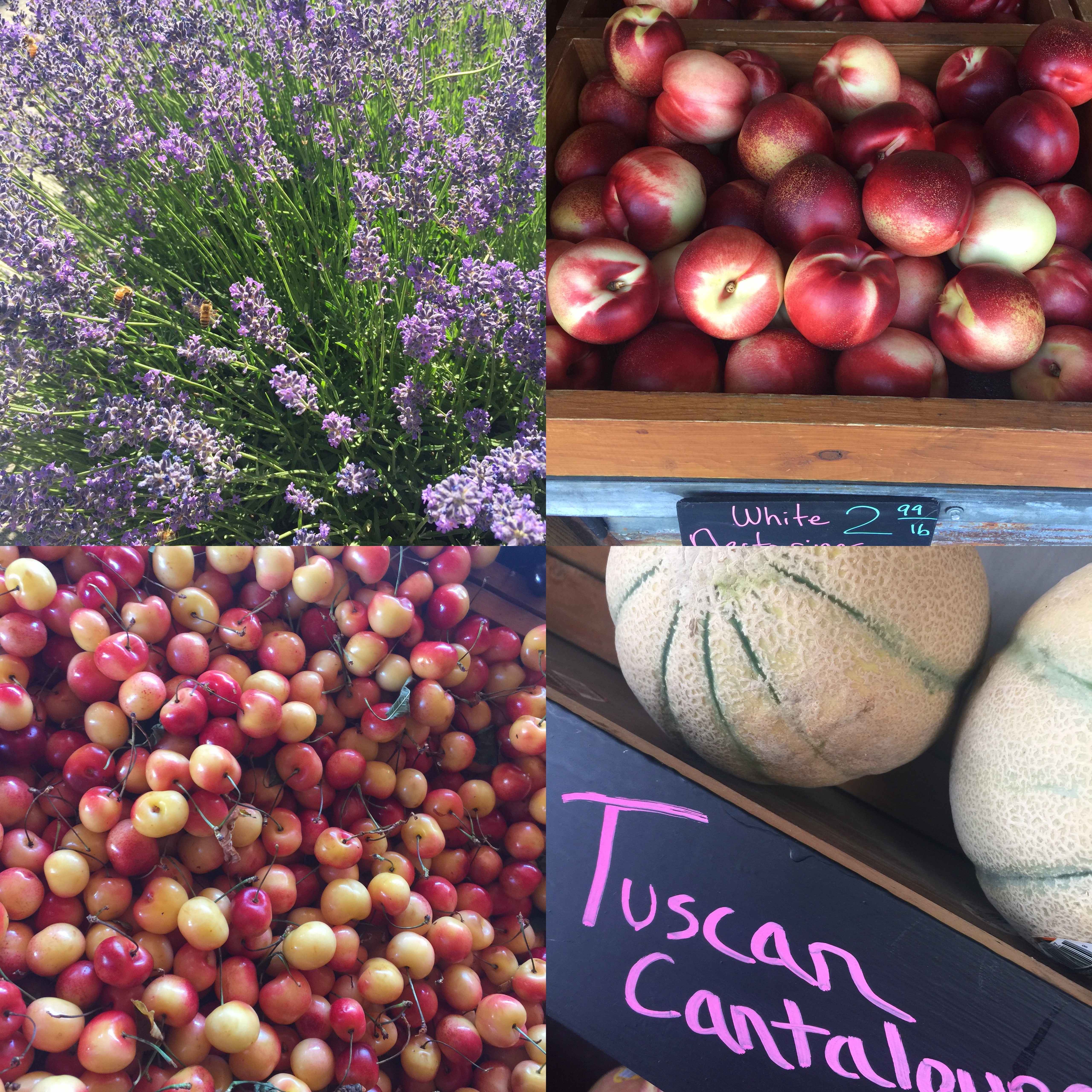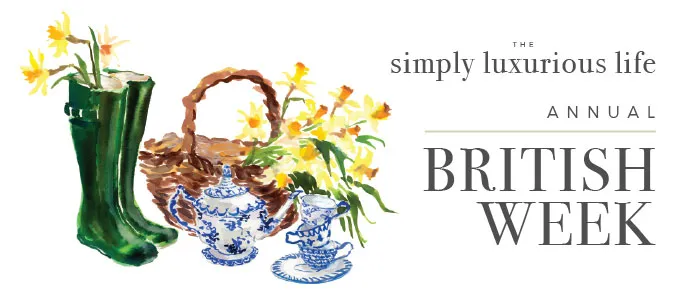Become a Member for as little as $4/mo and enjoy unlimited reading of TSLL blog.
~The Simple Sophisticate, episode #163
~Subscribe to The Simple Sophisticate: iTunes | Stitcher | iHeartRadio

“Growing your inner strengths through taking in the good is like deepening the keel of a sailboat so that it’s less jostled by the worldly winds, it recovers more quickly from big storms, and you can now safely head out into deeper waters in pursuit of your dreams.” —Rick Hanson, author of Hardwiring Happiness
The founding premise of the book Hardwiring Happiness is change your brain, change your life for the better. Having discussed this fact before on the blog/podcast, it may not appear to be profound on the surface, but what always keeps me reading is how do we change our brain to change our lives for the better, how does it actually work neurologically?
And the how is exactly what made the most sense to me above any other book I have read upon reading Hardwiring Happiness.
Simply put, we need to deeply savor the good that occurs in our lives, the small as well as the overtly large and as we do, we begin to build new synapses into our brain, enabling it to expect the good rather than spontaneously always looking for the bad.
The skill that we all need to develop, practice multiple times a day and then use habitually is to take in the good. What is meant by this is a four step process which Hanson outlines in his book, but essentially it is to be present in your life, to be engaged, to be paying attention, and thus, to recognize, and then savor those moments, no matter how small or large, that are good.
“By taking just a few extra seconds to stay with a positive experience you’ll help turn a passing mental state into lasting neural structure . . . the practice brings you into the present moment and teaches you to have more control over your attention.”
Did you wake up and feel rested? Savor this moment for 10 more seconds and let it truly be absorbed by your mind. Did you receive a loving gesture from your partner? Slow down and savor it, engraining into your memory to be appreciated even after the moment has passed. Did you feel safe in your home last night? Tip your hat to the world you have created and take a deep breath to again welcome even more appreciation of the fact into your being.
An analogy (and he uses an abundance of them throughout the book which I found quite helpful) Hanson uses to describe the three step process of rewiring the brain is comparing it to making a fire: “Step 1 lights it, step 2 adds fuel to keep it going, and step 3 fills you with its warmth.” He also further explains that often step 2 & 3 overlap which makes sense because you can adding wood to the fire to keep it going as you are remaining warm.
To repeat the steps (notice the acronym – HEAL):
- Have a positive experience
- Enrich the experience
- Absorb the experience
- (optional step) Link positive and negative material so that positive soothes and even replaces negative
All of this may sound overly simplified, but after reading and coming to understand how the brain works, how it creates paths of memory and why it has evolved the way it has, Dr. Hanson, who is a neuropsychologist, demonstrates that it is in the daily routines and the daily tracks we allow to run through our mind that create a happier, I like to use the word contented, way of living every single day not matter what is going on outside of us.
Why? Dr. Hanson dives deeply into this, but a basic synopsis is “In a positive circle, feeling better helps you act better, which helps the world treat you better, which helps you feel better.”
And on the flip-side, if we continue to let negative events run through our minds and become absorbed by them, we are making tracks in our mind, strengthening synapses that reinforce the need to be on the look out for negative and thus reactive rather than responsive which I detailed in episode #145 of the podcast.
In fact, Dr. Hanson points out due to our ancestral need for survival which actually impedes our way of life in the 21st century, our brain is designed in such a away that “negative stimuli are perceived more rapidly and easily than positive stimuli”. In other words, “the default setting of the brain is to overestimate threats and underestimate opportunities and underestimate resources both for coping with threats and for fulfilling opportunities”. Which is why, it requires a conscious effort to rewire the brain to be less fearful and more positive seeking, and if we do nothing, the above hereditary scenario will persist throughout the duration of our lives blocking us from attaining our full potential.
Knowledge of how the brain works is power. And upon reading the book, if further understanding of the most powerful tool in your body is of interest to you, you will appreciate this book and how he delivers the information.
Let’s talk about the “how” of savoring the good moments, both enriching them and absorbing them.
1. Slow down
In order to recognize when a good moment has occurred, we need to slow down. At that time, take 10 more seconds to just fully observe, imprint in your memory what is going well.
2. Become fully aware of what surrounds you
Being present in the now will help you to be fully aware of all that is going on, all that is going well and even if certain things are not, because you are fully aware, you can put it into perspective, bring forward the good and ratcheting down the not so good so that it doesn’t become more inflamed than it needs to be.
3. Strengthen emotional intelligence
There are many components to being emotionally intelligent (I go in detail in episode #140), but the key component to rewiring your brain is to be able to identify your emotions and what you are feeling accurately. And then once you understand what you are feeling, if it is a positive feeling, you can grow the feeling into a mood – for example as Dr. Hanson points out, you can grow a feeling of gladness and gratitude into a mood of contentment. Conversely, if you recognize you are feeling sad about something, you can combat the feeling from developing into a mood of depression simply by recognizing what you are feeling, why you are feeling and combating it by shifting your mind and even your environment to a positive scenario so that your mind doesn’t become fixating on something that isn’t productive or helpful.
4. Instead of wanting, choose to like or appreciate the moment
Often we are fully aware that a moment or an experience is exponentially good and because we know it is good, we want more of it. But by wanting, as Hanson points out, we aren’t experiencing what is going on right now. We are removing ourselves from the situation and acting in such a way that reveals we unconsciously feel we lack something, thus the “want”. In fact, our “want” is killing any growth of more goodness.
Instead, be present, enjoy what is occurring, appreciate it for what it is without cajoling to trying to make more and relish what you have the opportunity to be amongst. As I have learned upon bringing more appreciative and secure people into my life, is that when such beautiful moments happen, I can take that moment with me in my memory so long as I savor the experience and allow my memory to absorb it fully and then replay it whenever I need to to brighten my future days. Again, more is not better, simply deepen what you are given by following the three step process: have a good experience, enrich it/savor it and absorb it/commit it to memory.
5. Give yourself permission
I recently was listening to Christopher Kimball’s Milk Street Radio podcast, and he was interviewing Nigella Lawson who stated on the topic of guilty pleasures, “Look, if you feel guilty about pleasure, you don’t deserve to have pleasure.” Back in 2013 I wrote a post about the difference between pleasure and joy, and while one is not bad and the other good, knowing where each is derived is important. However, with regards to rewiring the brain, anytime we observe and experience a pleasure, we can turn the pleasure into joy which is something entirely within our own control. For example, I pulled an excerpt from the post mentioned above. Here is a list of how to welcome more joy into your life, and upon doing so, you can make all of these moments opportunities to rewire your brain as you shift to a more contented way of living each and every day.
1. Look inward – become at peace with who you are, and celebrate your uniqueness.
2. Take time to meditate, pray and be still.
3. Allow external inspiration (art, nature, music, conversation) to stir your inner creativity, and act upon those moments of inspiration – create, dream and act according to what is provoked within you.
4. Figure out your purpose/passion and then go pursue it
5. Be thankful for what you already have, rather than what you lack
6. Give when you have the resources, time and energy to do so
7. Pursue avenues/dreams that are meaningful and align with your values
8. Plan activities that cultivate more moments of joy – simple meals, gatherings, events that you are curious about, etc.
The conclusion of Hardwiring Happiness that drove the point home for me of choosing to take on the task of changing the hardwiring my brain (because initially it will have to be an entirely conscious choice) was the realization that when we shift away from seeking more happiness and running or trying to avoid pain, we come to recognize that we have the ability to be content wherever we are at any given moment. We have that power. We do not have to chase it, we don’t have to run from what we perceive as bad moments. Because as we begin to live more consciously, as we begin to focus on the good, take it in fully and commit it to memory, we begin to build a life that snowballs in the best of ways. The cycle that was mentioned above strengthens and we attract people, moments and environments that are full of goodness to appreciate because we are someone who brings and cultivates moments of goodness in our lives and those around us.
“Taking in the good is not about chasing after pleasure or chasing away pain. It’s about bringing the chase to an end.”
~SIMILAR POSTS FROM THE ARCHIVES YOU MIGHT ENJOY:
~How to Be the Master of Your Mind
~11 Ways to Live More Mindfully
~From Seeking Happiness to Cultivating Contentment: A Shift in What We Pursue (podcast)
Petit Plaisir:
~The perfect simple and delicious appetizer for summer: Melons & Prosciutto (cantaloupe & cured ham)
History: An Italian antipasti favorite, dating back to the second century, it was Galeno, a doctor during this time who believed that the combination of these two ingredients was the perfect way to incorporate the four things a being needed to feed what he believed each human was made of – warm, cold, dry and juicy corresponding to the four elements fire, air, earth and water. The melon was cold and juicy and the cured ham was dry and warm (salty and cured). Learn more here.
~The other appetizers are Tangy Cucumber Bites (recipe here) and figs with chèvre.
All images via TSLL’s Instagram & IG stories
SaveSaveSaveSave[podcast src=”https://html5-player.libsyn.com/embed/episode/id/5521030/height/90/width/700/theme/custom/autonext/no/thumbnail/yes/autoplay/no/preload/no/no_addthis/no/direction/forward/render-playlist/no/custom-color/d0d4b9;color: #6f7056 !important/” height=”90″ width=”700″ placement=”bottom”]




Thank you!! Perfect article for a busy Monday?
Gayle, You are most welcome! May your day go even better than expected. 🙂
That is just a beautiful picture of your table setting